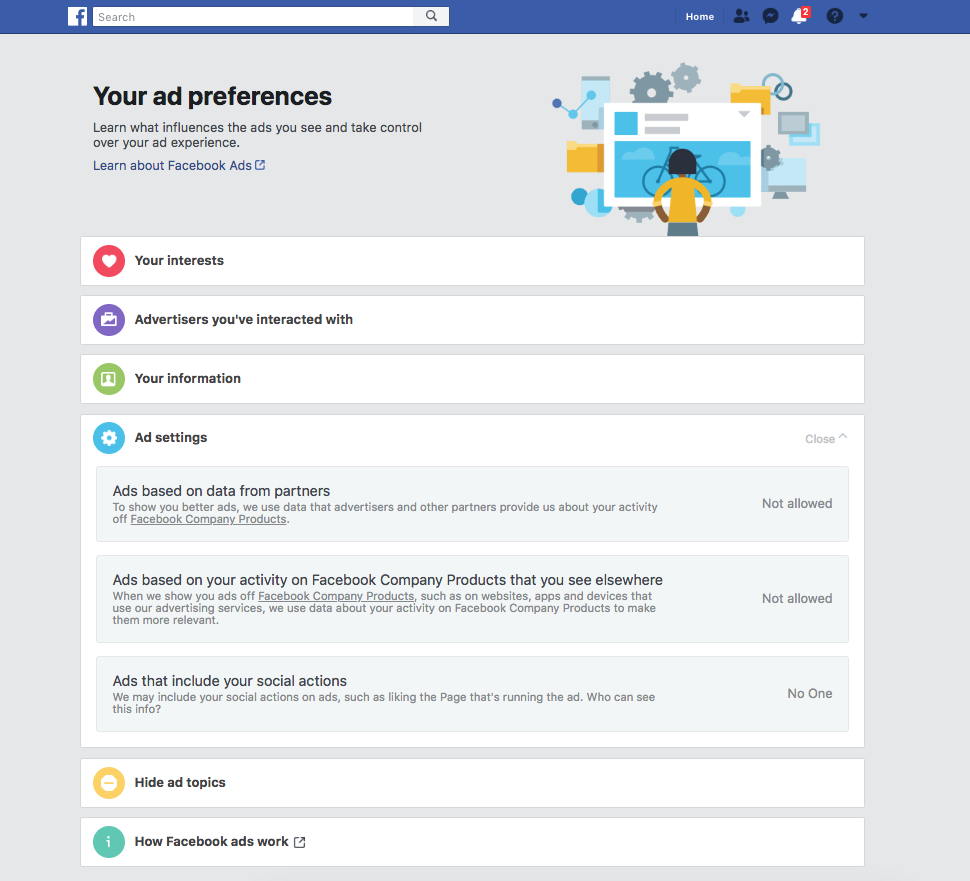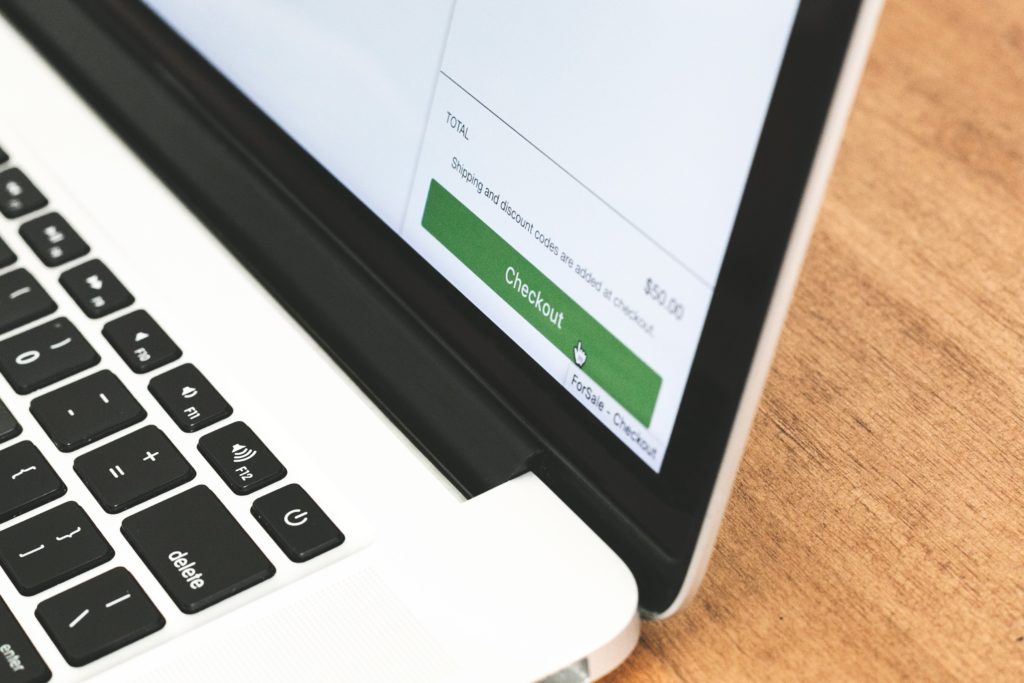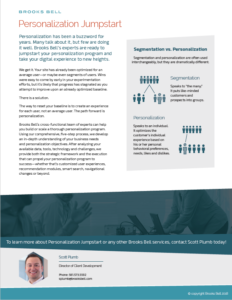
Imagine a simple scenario: Your coworkers are participating in a fun run for charity and want you to join. You’re up for it, but you know you need a decent pair of running shoes.
The logical solution is to go online, search for information about running shoes and identify a few possible options. You could order the shoes from an online retailer, but because proper fit is important for running shoes, you decide to visit a specialty retailer at the mall. A salesperson there is friendly and knowledgeable. The store has a pair of shoes you like, in your size. They’re a bit more expensive, but the fitting service added value and there’s no additional shipping cost, so you purchase the shoes on the spot. The next weekend, you run the race and the shoes feel great.
This illustrates a relatively traditional model of consumer decision-making. It begins with a spark that motivates a search for a product. It leads to a research phase, and a consideration set is developed. It then progresses to some type of product experience that narrows the consideration set. Ultimately, a purchase decision occurs and an evaluation of the final product is made.
But today’s online customers may notice a glaring omission from the process: It occurs a week after the run, when you visit a news website. There, in the right column of the page, is an ad for a pair of running shoes. The ad is tailored to your expressed preferences, but not personalized enough to know that a purchase has already occurred.
Seeing these ads, which follow us around the web, can be annoying, unnerving, and even potentially embarrassing. Because the targeting is so crude, it’s obvious that we’ve exchanged some degree of privacy for a marginal—in this case questionable—convenience. And, if this exchange has happened so frictionlessly with one online retailer, how often is it happening elsewhere?
If you can relate to this, you’re not alone. Research has found that consumers generally dislike targeted and personalized advertising. So if personalization makes customers uncomfortable, does this means brands should stop using tailored messages, offers and experiences?
The answer is, decisively, no.
Here’s why: the same body of literature that outlines a negative attitude towards personalization, also highlights the undeniable benefits of personalization. When an ad or message—such as an email subject line—is tailored, even superficially, there is almost always an increase in engagement with the subsequent content.
This contradiction is known as the “privacy paradox.” Consumers are willing to make a long-term trade of personal privacy in exchange for a short-term benefit or convenience, like more relevant advertising or a more specific shopping experience.
But while attitudes toward privacy may contradict behavior, they certainly shouldn’t be ignored. When an ad, message, or experience feels intrusive or creepy, it can diminish the effect personalization could have on your customer and their overall perception of your brand.
Luckily, there are many ways to deliver personalized experiences while also making your customers feel more at ease about their privacy. Here are our tips.
1. Be transparent
Numerous studies have found that the more transparently personalized content is presented, the more effective—and importantly, the more broadly effective—it is.
While making explicit references to data collection and sharing policies can increase privacy concerns, it can also diminish the effect the concern has on consumer behavior.
In an extreme example, Facebook somewhat-recently rolling out a new way for users to see their ad preferences, after the company’s advertisement platform and practices faced scrutiny following the 2016 Presidential Election.

But it doesn’t have to be that complicated. For instance, simply including ad security icons, for example, has been shown to increase the effectiveness of tailored ads even when the icon is unrecognized.
In addition, referencing privacy policies can diminish concerns over data sharing and personalization, even if consumers never read the policy. One study found that consumers interpret a privacy policy as a blank slate populated with all the usual safeguards. This means, of course, the burden is on your company to draft and enforce a responsible privacy policy whenever consumer data is being collected.
2. Be public about your data security efforts
Unsurprisingly, reassuring your customers of data security and describing the efforts you’re taking to protect their data can make them feel more at ease. But the effectiveness of this approach really depends on how much your customers trust your brand and your site. Building this relationship is difficult and can be easily destroyed.
But, if your brand has built a relationship of trust over time and is authentically dedicated to preserving this relationship, referencing the care you have taken to secure private information can not only be a boon to overall perceptions but increase the effectiveness of personalization.
3. Be personal to the right people, at the right time.
In marketing, timing is everything; and the same goes for personalization, it turns out. In e-commerce, personalization is most effective when your customer has established a consideration set and a final decision is about to be made. Additionally, as your customer engages more with a product category or brand, they begin to expect and look forward to a more targeted, relevant experience.
4. Let newer customers opt-in to personalization

When it comes to moving customers toward a purchase, personalization is more effective in the “pull” direction than in the “push” direction. This means that you should implement personalization with more loyal customers and especially those who have requested more tailored experiences.
For new customers, we suggest waiting to provide personalization until a visitor has shown a specific interest in your company or product: they’ve viewed a few pages on a website, downloaded your app or signed up for your email newsletter. Once this happens, offer a dialog asking “Would you like a more personal shopping experience?”
While it’s true that many visitors may choose to continue on their own, others may not. This also gives you an early opportunity to show your brands’ interest in providing a relevant, convenient shopping experience, which may come into play later once they become loyal customers.
5. Let your customers run the show
Perhaps the most unsettling recommendation for balancing privacy and personalization is to give up some control over the degree of personalization consumers experience. Doing so evokes many of the tips we’ve already covered: it improves transparency, allows consumers to opt into personalization, and helps to build trust. Additionally, offering this service has been found to dramatically improve the effectiveness of personalization, even when some customers actually change settings beyond the default.
Personalization is a powerful tool. The effect personalized messages and experiences have on customers, however, is variable and possibly unpredictable. It’s important that companies balance concerns for privacy and general feelings of intrusion when delivering personalized experiences. Testing these approaches we’ve outlined above will help make your personalization efforts feel less creepy and ultimately, increase the effectiveness of the customer experience.
Transform your customer experience through personalization.

Brooks Bells’ Personalization Jumpstart Program uses a comprehensive, five-step process to help top brands incorporate personalization across their customer experience. Learn more today >>











